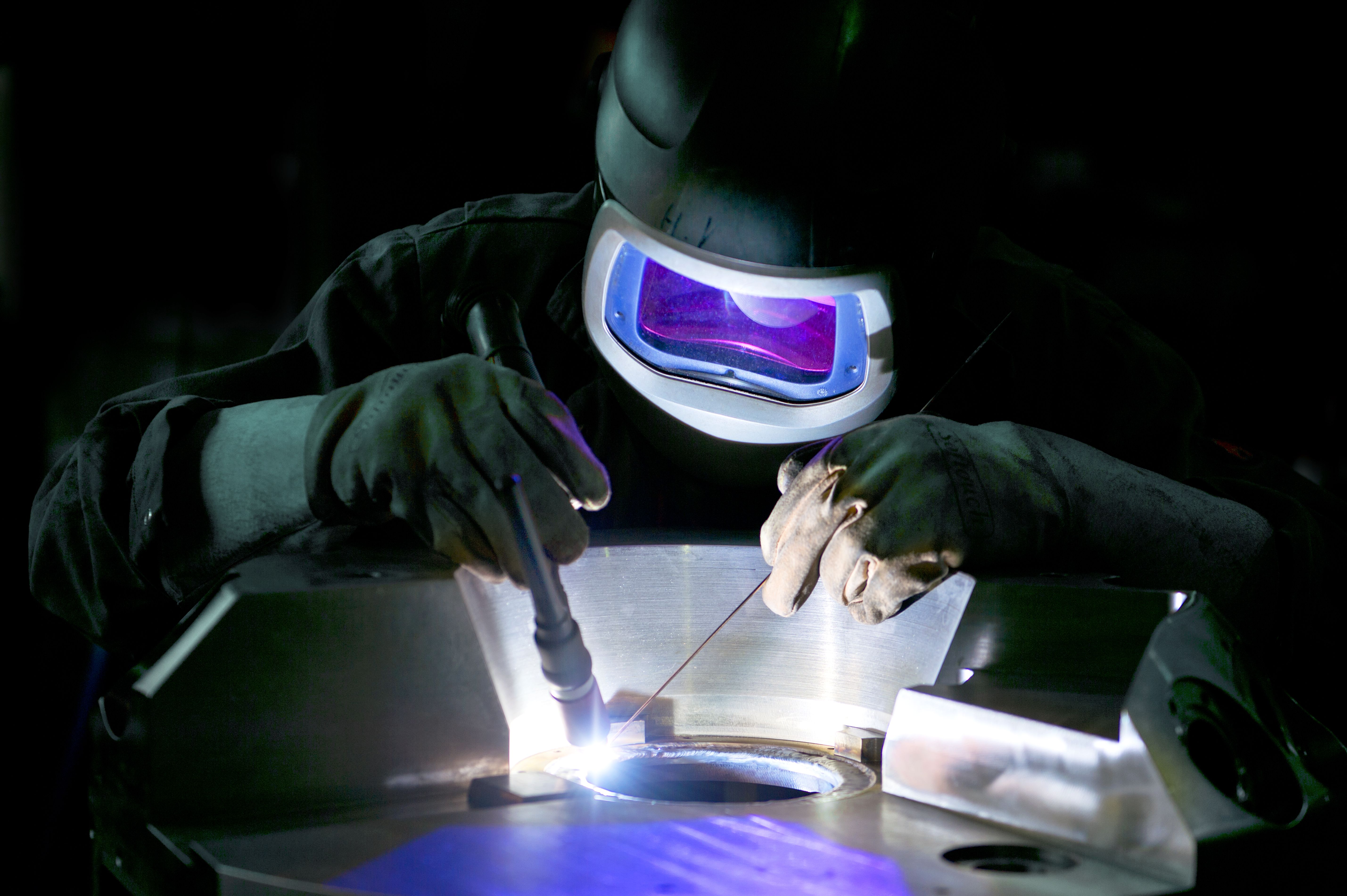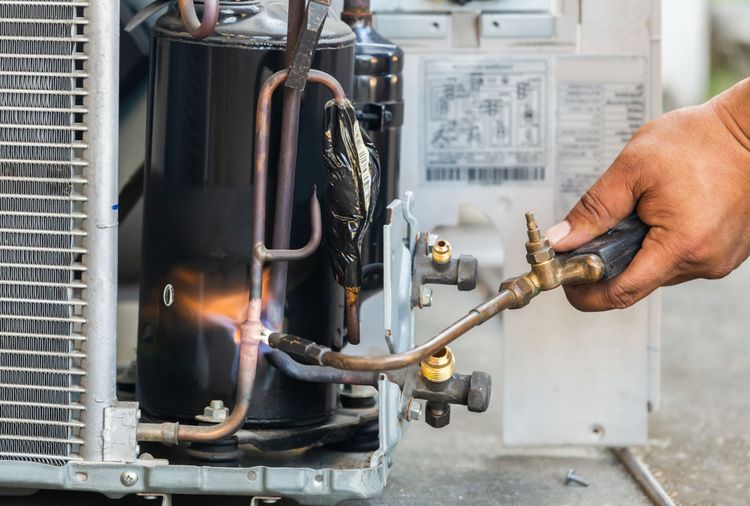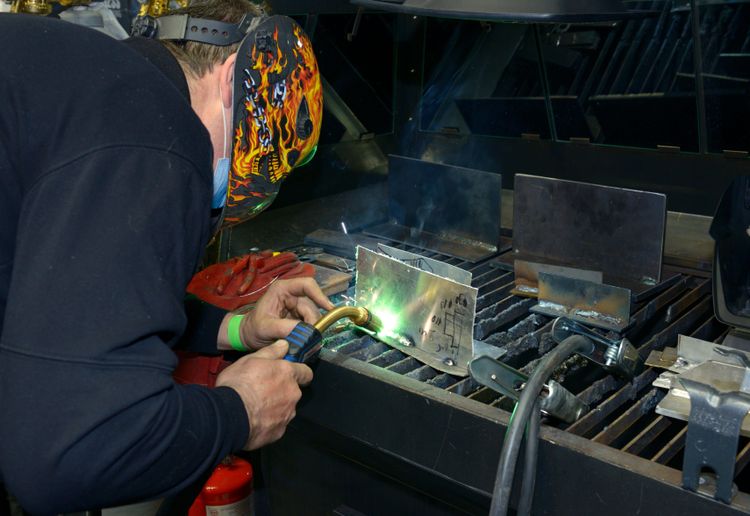Since there isn't a universal welding rod that can be used for welding in all situations, choosing the proper welding rod can be a real hassle. We have perhaps spared you at least a few headaches by developing an extensive guide to choosing welding rods. How can you pick the correct welding rod?
To choose the right welding rod, you will need to consider –
Base metal(s) you will be welding - When choosing a rod, base metal or parent metal is one of the most crucial considerations. The mechanical characteristics of the rod and the base metal should be similar or as close as is practical, notably the tensile strength.
Particularly in terms of the carbon content, the chemical makeup of the electrode and the base metal should be the same.
Welding Position - The welding position is the second consideration. Each rod has a specific welding position for which it is intended. As a result, you must select a rod that is appropriate for your job. The electrode name itself contains the welding position information; for example, the E7018 electrode's second-to-last digit, 1, indicates the position in which the electrode can be utilised. The four most commonly used welding rods are all position welding rods. There are 4 major welding positions – flat, overhead, vertical and horizontal.
Power Supply - Some rods can be used with an alternating current (AC) power source, while others can be used with a direct current (DC) power source. Some rods also function well with both AC and DC. So, you can select the electrode based on the welding machine's power output. For instance, you won't be able to use electrodes designed for usage with AC if the machine can only provide AC output. However, you have a wider selection of electrodes to pick from if the welding equipment can produce both AC and DC output.
Welding quality - The required quality and the weld finishing is also important factor to be considered before selecting a rod. A welding rod can be chosen depending on the final finishing requirement.
Welding Numbers - You will see a four- or five-digit number followed by a letter when looking for welding electrodes, like:- E6013 - Arc welding electrode" is what "E" stands for. The welding rod's tensile strength is indicated by the first two digits "60," which is 60,000 psi (pounds per square inch). The next-to-last digit designates the welding position; a "1" denotes a welding rod with all positions. The final digit denotes the type of coating; for example, a "3" is coated with high titania potassium.
Welding Cost - Last but not least, you should take your project's requirements into account when determining the electrode's cost. For a project with a small budget, we cannot select an expensive electrode. A low hydrogen electrode with increased ductility, such as E7018, might be considered to meet the quality criteria for essential applications where quality must be given the highest care.
Once you have checked these parameters also consider the below two points:-






 +91 7208055523
+91 7208055523
 Help & support
Help & support
